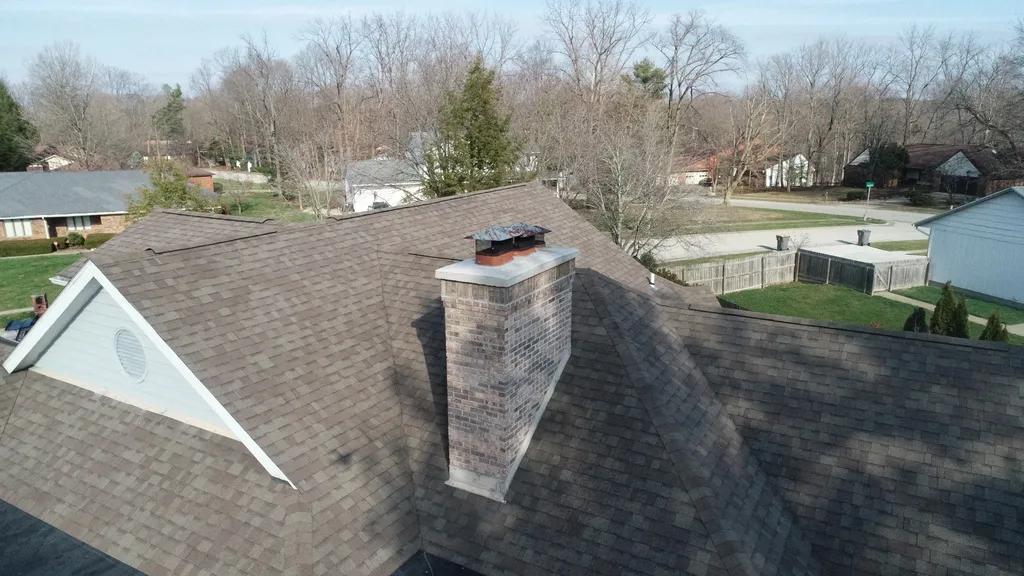Masonry patching is a crucial aspect of maintaining the integrity and aesthetic appeal of brick and stone structures. In this comprehensive guide, we will delve into the essentials of masonry patch repairs and provide expert recommendations for achieving successful results. From understanding the materials and techniques involved to implementing best practices, this guide will equip you with the knowledge and tools necessary to tackle masonry patching projects with confidence and skill.
Table of Contents
- Overview of Masonry Patch: Understanding the Basics
- Types of Damage: Identifying Common Issues
- Step-by-Step Repair Process: Techniques and Tools
- Best Practices: Recommendations for Long-lasting Results
- Q&A
- To Wrap It Up

Overview of Masonry Patch: Understanding the Basics
Masonry patching is a common method used to repair damaged or deteriorating masonry walls, sidewalks, and other structures. Understanding the basics of masonry patching is essential for preserving the integrity and aesthetics of your property. When done correctly, masonry patching can extend the lifespan of your masonry work and prevent further damage.
When considering masonry patching, it is important to assess the extent of the damage and choose the appropriate materials for the job. **Common types of masonry patch materials** include cement-based, epoxy, and polymer-modified products. Each type has its own advantages and limitations, so it is crucial to select the right material for the specific repair needs. Additionally, proper preparation of the surface, application technique, and curing time are all vital components of a successful masonry patching project.

Types of Damage: Identifying Common Issues
Masonry patching is an essential maintenance task for any property owner. Identifying common types of damage is crucial in order to effectively repair and prevent further deterioration. By understanding the different issues that can arise, you can take the necessary steps to address them promptly.
Some of the most common types of damage in masonry include:
- Cracks: Small cracks can lead to water infiltration and structural instability.
- Spalling: Surface flaking or crumbling, often caused by freeze-thaw cycles.
- Efflorescence: White powdery deposits caused by water soluble salts.
- Bulging: Outward protrusion of bricks or stones, indicating underlying issues.
By identifying these common issues early on, you can save time and money in the long run by addressing them before they escalate into more serious problems.

Step-by-Step Repair Process: Techniques and Tools
In order to successfully repair masonry patches, it is essential to follow a step-by-step process using the right techniques and tools. Start by assessing the damage and determining the appropriate repair method. Next, gather the necessary tools and materials such as a trowel, mortar mix, water, and a masonry brush.
- Assess the damage
- Determine the repair method
- Gather necessary tools and materials
- Prepare the surface
- Mix the mortar
- Apply the patch
- Finish and cure the patch
Properly following each step will ensure a successful masonry patch repair. Remember to take your time and pay attention to detail throughout the process to achieve the best results.

Best Practices: Recommendations for Long-lasting Results
When it comes to masonry patch repairs, it is crucial to follow the best practices to ensure long-lasting results. One essential recommendation is to thoroughly clean and prepare the surface before applying any patch material. This helps to ensure proper adhesion and prevents future issues.
Another important tip is to select a high-quality patch material that is compatible with the existing masonry. It is also recommended to follow the manufacturer’s instructions carefully and allow sufficient time for the patch to cure before exposing it to heavy use or extreme weather conditions. By following these recommendations, you can ensure that your masonry patch repairs will stand the test of time.
Q&A
Q: What is masonry patching and why is it important?
A: Masonry patching is the process of repairing damaged areas in brick, stone, or concrete structures. It is important because it helps maintain the structural integrity and appearance of the building.
Q: What are some common issues that require masonry patching?
A: Common issues that require masonry patching include cracks, spalling, chipping, and bulging in the masonry.
Q: What are the steps involved in masonry patching?
A: The steps involved in masonry patching typically include cleaning the damaged area, preparing the surface, applying the patching material, and finishing the repair to match the existing masonry.
Q: What are some recommended materials for masonry patching?
A: Recommended materials for masonry patching include cement-based mortars, hydraulic lime mortars, and polymer-modified mortars. These materials provide durability and flexibility for long-lasting repairs.
Q: Are there any special techniques or tools required for masonry patching?
A: Special techniques for masonry patching may include wetting the surface before applying the patch, using appropriate tools for smoothing and shaping the patch, and allowing sufficient curing time for the repair.
Q: What are some preventative measures to avoid future masonry damage?
A: Some preventative measures to avoid future masonry damage include regular inspections, addressing small cracks and damage promptly, and protecting the masonry from water infiltration and freeze-thaw cycles.
Q: How can a professional mason help with masonry patching and repairs?
A: A professional mason can assess the extent of the damage, recommend the appropriate repair methods and materials, and ensure that the masonry patching is done correctly to restore the integrity and aesthetics of the structure.
To Wrap It Up
In conclusion, properly maintaining and repairing masonry structures is crucial to ensuring their longevity and structural integrity. By following the recommendations provided in this essential guide to masonry patch, you can effectively address any damages or flaws in your masonry and preserve its beauty and functionality for years to come. Remember to always consult with a professional mason for more complex repairs or if you are unsure of the best course of action. With the right knowledge and care, your masonry will remain a durable and stunning element of your property. Thank you for reading and best of luck with your masonry patch repairs.


